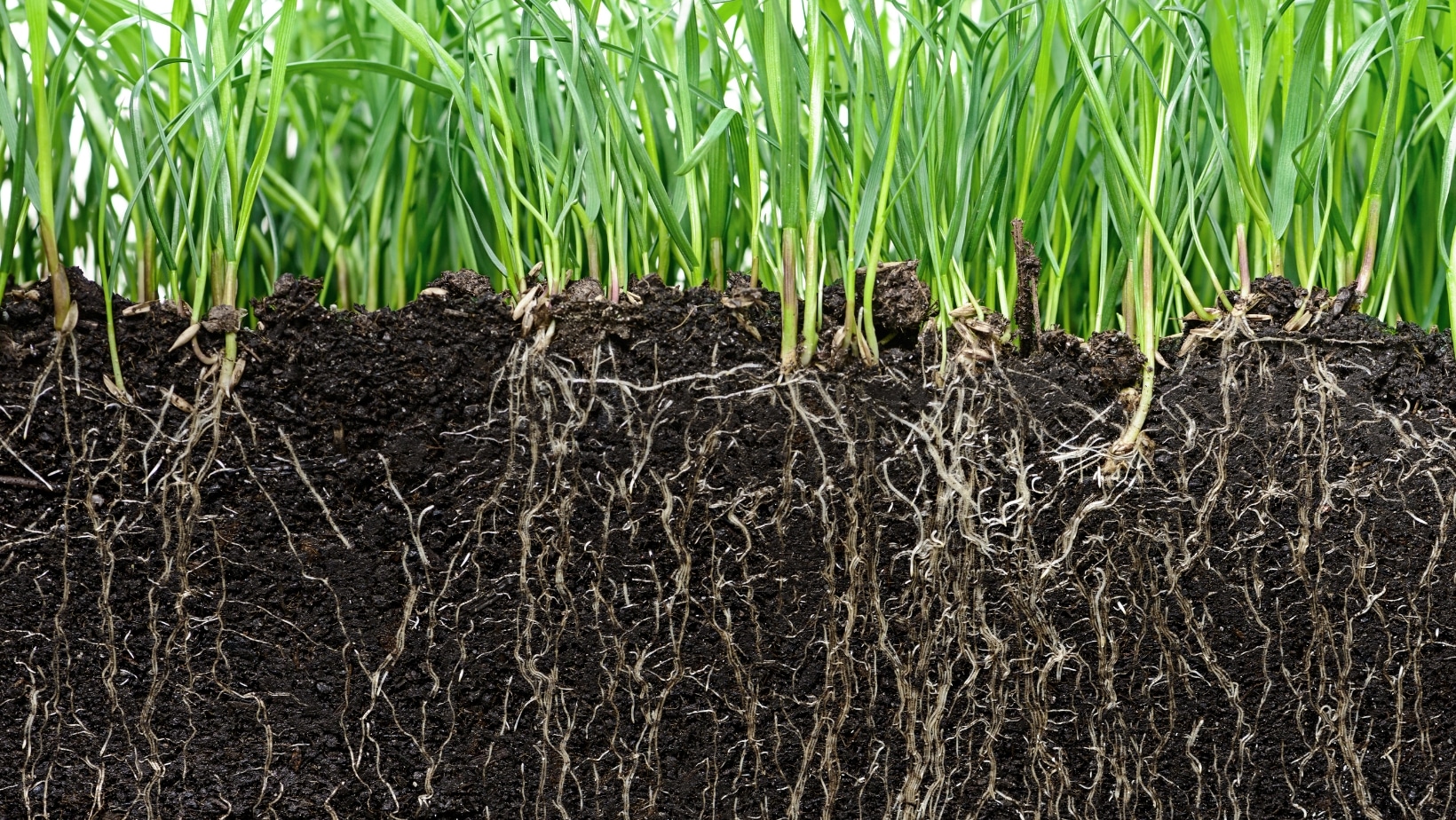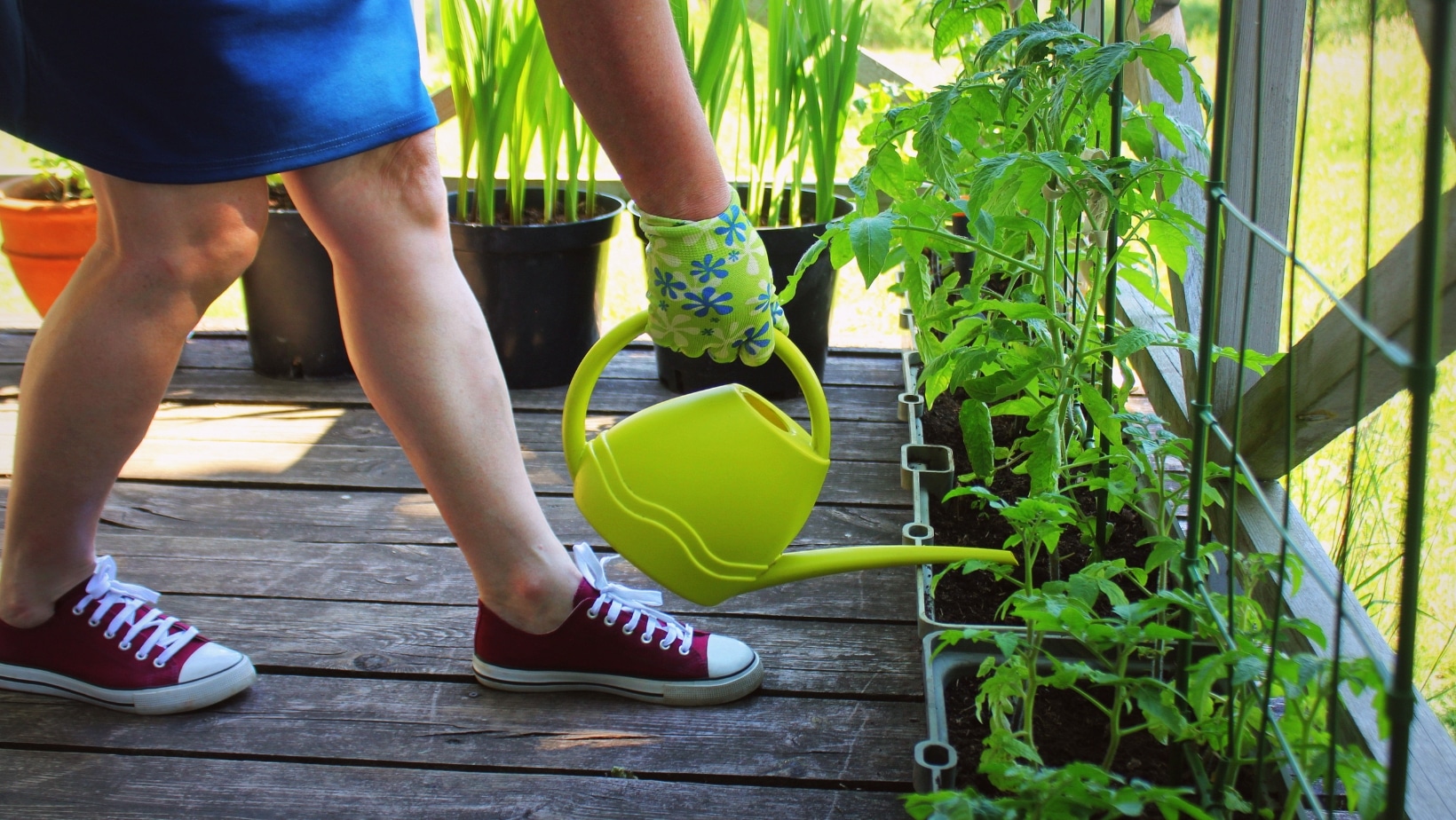Are you looking to create a beautiful and sustainable lawn and garden?
Our comprehensive PDF guide can help you transform your outdoor space.
Learn about the best practices for lawn care, plant selection, and sustainable gardening techniques to create a lush and thriving garden.
Get started today and enjoy the benefits of a beautiful and eco-friendly outdoor space.
NOTE: Get Your Ultimate Guide to Lawn and Garden PDF Download Below.
Sustainable Gardening for Beginners
Sustainable gardening is an environmentally friendly approach that beginners can adopt to create beautiful and productive gardens while conserving resources.
Here are some fundamental principles to consider:
A critical aspect of sustainable gardening is managing soil organically. Enhance soil fertility and structure by incorporating organic matter like compost, leaf mulch, or well-rotted manure.
Efficient water use is crucial in sustainable gardening. Opt for methods like drip irrigation or soaker hoses to minimize water waste. Collecting rainwater in barrels or using a water-saving system reduces reliance on freshwater sources.
Choose plants that are native to your region or well-adapted to local conditions. Native plants require less water and maintenance while supporting local biodiversity and wildlife habitat.
Promote biodiversity and natural pest management in your garden. Plant various species that attract beneficial insects and birds, which help control pests without the need for harmful chemicals.
Consider companion planting, where certain plants are placed together to benefit each other. For example, marigolds repel pests when planted near vegetables, and specific herbs attract pollinators.
What is a Sustainable Garden?
A sustainable garden is an environmentally conscious approach to gardening that focuses on minimizing negative impacts on the ecosystem while promoting biodiversity, conserving resources, and ensuring long-term sustainability.
It involves implementing practices harmonizing with nature and prioritizing the environment’s health.
Organic gardening methods are preferred in a sustainable garden, avoiding synthetic fertilizers, pesticides, and herbicides.
Instead, natural alternatives like compost and organic soil amendments nourish the soil and promote plant growth.
Water conservation is a crucial aspect of sustainable gardening. Strategies such as drip irrigation, rainwater harvesting, and planting drought-tolerant species are employed to minimize water consumption and maximize efficiency.
Biodiversity is highly valued in sustainable gardens. By incorporating various plant species, creating habitats for beneficial insects and wildlife, and avoiding harmful chemicals, sustainable gardens support a balanced ecosystem and promote natural processes like pollination and pest control.
Maintaining soil health is essential. Sustainable gardens prioritize adding organic matter like compost and mulch to improve soil structure, fertility, and moisture retention. This supports healthy plant growth, reduces erosion, and enhances nutrient cycling.
Understanding Your Soil and Climate
Before you start planting your garden, it’s essential to understand the soil and climate in your area.
Different plants thrive in various soil types, and climates, so choosing plants well-suited to your environment is essential.
You can test your soil to determine its pH level and nutrient content and choose plants adapted to your climate zone.
Understanding your soil and climate can create a beautiful and sustainable garden.
Choosing the Right Plants for Your Garden
When creating a sustainable garden, choosing the right plants is critical.
Look for plants native to your area, adapted to the local climate and soil conditions. These plants will require less water and fertilizer and will be more resistant to pests and diseases.
You can also choose drought-tolerant plants with low water requirements, which will help conserve water and reduce your water bill. Additionally, consider planting a mix of annuals and perennials to provide year-round color and interest in your garden.
Watering and Irrigation Techniques
Proper watering and irrigation techniques are crucial for maintaining a sustainable lawn and garden.
Overwatering can lead to water waste, nutrient leaching, and harmful fungi and bacteria growth.
On the other hand, underwatering can stress plants and make them more susceptible to pests and diseases.
To ensure efficient watering, consider using drip irrigation systems or soaker hoses, which deliver water directly to the roots of plants.
You can also install rain barrels or other water harvesting systems to collect and reuse rainwater for irrigation.
Finally, water your lawn and garden during the early morning or late evening hours when temperatures are more relaxed and evaporation rates are lower.
Organic Pest Control Methods
One of the critical components of creating a sustainable lawn and garden is using organic pest control methods.
Chemical pesticides can harm beneficial insects, pollute waterways, and pose health risks to humans and pets.
Instead, consider using natural pest control methods such as companion planting, crop rotation, and biological controls like ladybugs and praying mantises.
You can also make organic pest control sprays using ingredients like garlic, neem oil, and soap.
Using these methods, you can protect your plants from pests while promoting a healthy and sustainable ecosystem in your lawn and garden.
Composting and Soil Amendments
Compost and soil amendments are another critical aspect of creating a sustainable lawn and garden.
Compost is a natural fertilizer that can improve soil health and structure, increase water retention, and reduce the need for chemical fertilizers.
You can create your compost by collecting organic materials like food scraps, yard waste, and leaves in a compost bin or pile. You can also purchase compost from a local supplier.
In addition to compost, you can use other soil amendments like bone meal, blood meal, and fish emulsion to provide additional nutrients to your plants.
Compost and soil amendments can create a healthy and thriving ecosystem in your lawn and garden.



